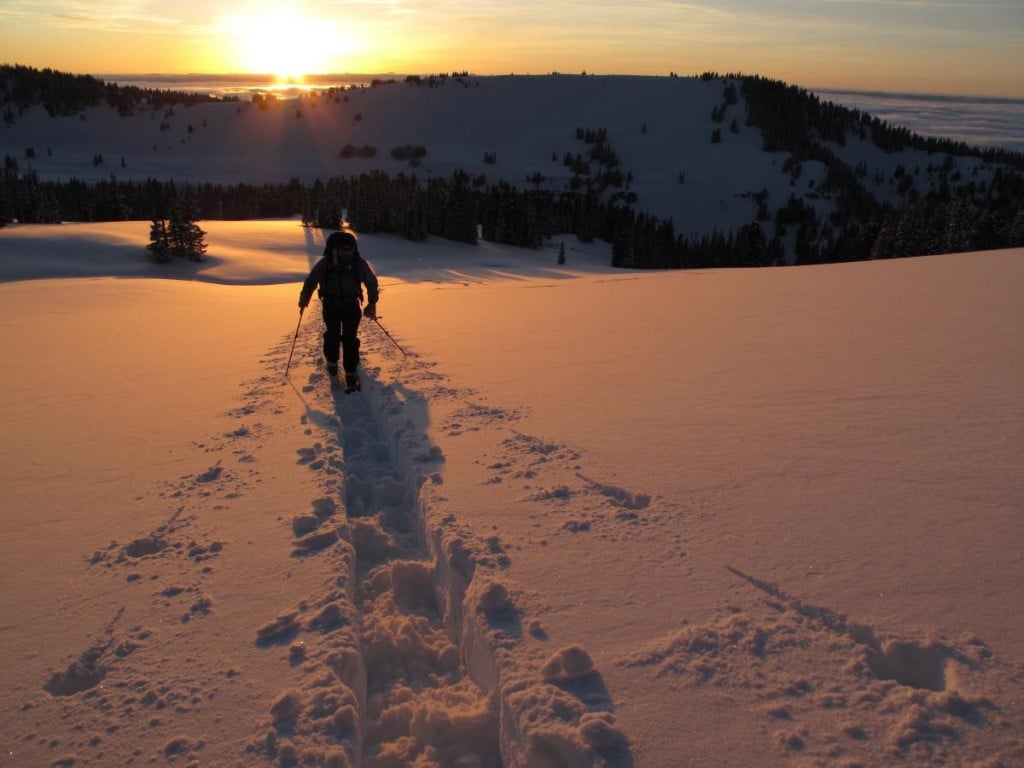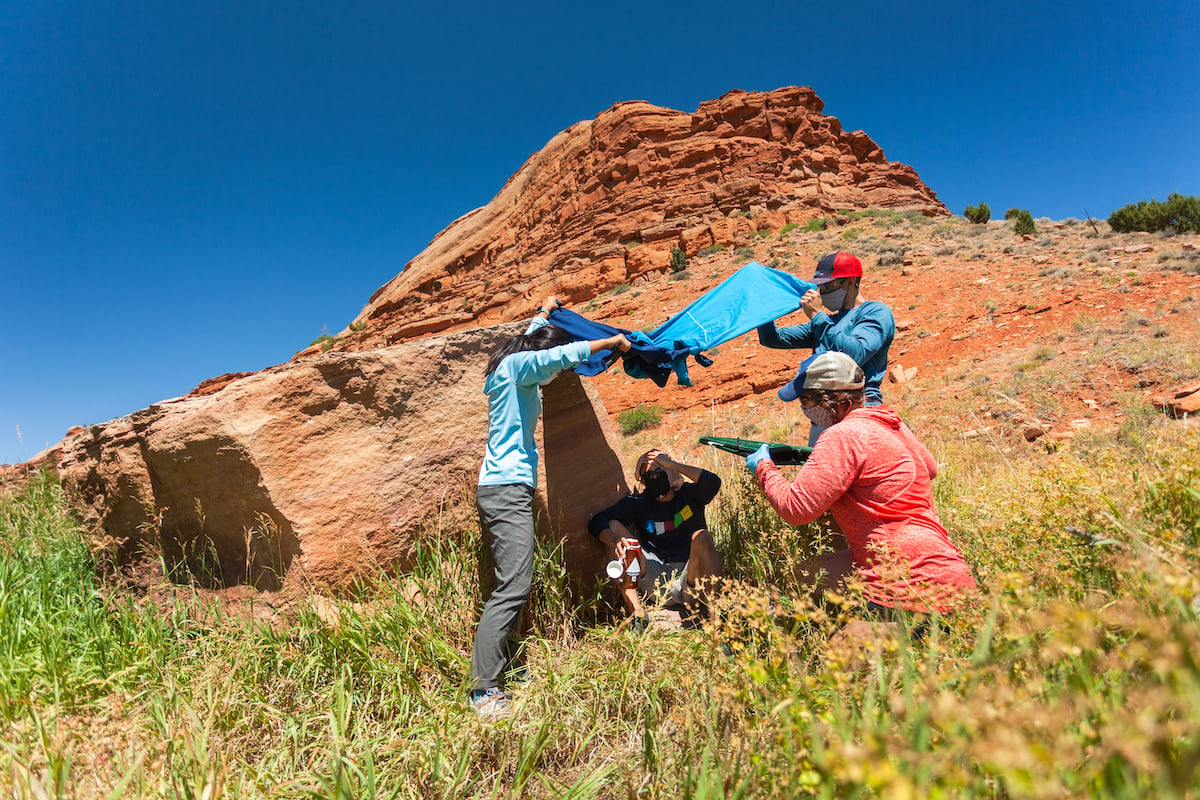
What should you do if you have to spend the night in the field with frozen toes? Thaw the frostbite or keep it frozen?
This is a practical and real question. Thirty-five years ago I spent a night in a tent with my toes frozen. The next day I walked 6 miles and traveled another 25 to a hospital. I know this situation firsthand, or first foot as it were.
As so often happens in medicine, there is no easy answer. At every step of the way there are risks and benefits. What do we need to consider when making this decision?
If they stay frozen...
The benefit to keeping toes frozen may be the ability to walk. However, the risk is that the longer tissue is frozen, the worse the injury. Are we talking minutes, hours, days? Alas, we don’t know enough about this timeline to help with the decision.
Practically speaking, keeping toes frozen is a challenge. It's likely your toes will slowly thaw overnight, especially if you can get inside shelter with clothing, sleeping bag, warm food and drink.
If you choose to thaw...
The benefit to rapid thawing in warm water, the treatment of choice, is that it gives the best chance for saving tissue. However, thawed toes often hurt and swell—you might not be able to fit them in your boot or tolerate walking. And you put your toes at risk for a freeze-thaw-freeze injury, which is very likely to increase tissue loss.
Rapid thawing in warm water is easy to talk about in a classroom, but difficult to do in the backcountry. You need a controlled source of warm water, and a good sized pot. You’ll want pain medications. If you think your toes are likely to thaw slowly, it’s better to “get 'er done” quickly. Hopefully, if warm water immersion isn't practical, your companion will heroically donate their armpits or belly to warm your limbs.
As care providers, we weigh all these considerations—some factors we’re sure of, others that are probable, but not certain—and we make the decision.
In my case, it was desperately cold (-30°F/-34°C). I did sit up all night, reading Bradford Washburn's classic frostbite pamphlet and keeping my toes cold. It wasn’t fun, but it worked. I was able to slip my frozen toes back into my boots. I was able to walk. As I snowshoed to the truck my toes began to thaw. The warm water bath at the hospital was almost a formality. Although a bit ugly and deformed, and never happy when they get cold, my toes are still attached to my foot. I think I was lucky.
Read more posts on backcountry medicine.
[Editor's note: post updated 1/25/2019]
Written By
Tod Schimelpfenig
As a NOLS Instructor since 1973 and a WEMT, volunteer EMT on ambulance and search and rescue squads since the 70s, Tod Schimelpfenig has extensive experience with wilderness risk management. He has used this valuable experience to conduct safety reviews as well as serve as the NOLS Risk Management Director for eight years, the NOLS Rocky Mountain Director for six years, and three years on the board of directors of the Wilderness Medical Society, where he received the WMS Warren Bowman Award for lifetime contribution to the field of wilderness medicine. Tod is the founder of the Wilderness Risk Manager’s Committee, has spoken at numerous conferences on pre-hospital and wilderness medicine, including the Australian National Conference on Risk Management in Outdoor Recreation, and has taught wilderness medicine around the world. He has written numerous articles on educational program, risk management and wilderness medicine topics, and currently reviews articles for the Journal of Wilderness and Environmental Medicine. Additionally, he is the author of NOLS Wilderness Medicine and co-author of Risk Management for Outdoor Leaders, as well as multiple articles regarding wilderness medicine. Tod is the retired curriculum director for NOLS Wilderness Medicine and is an active wilderness medicine instructor



